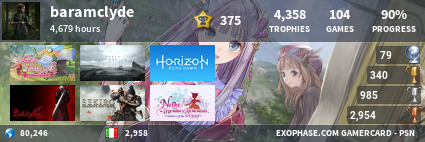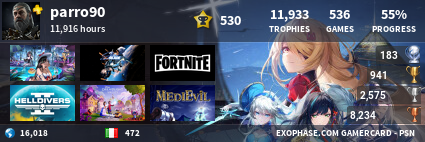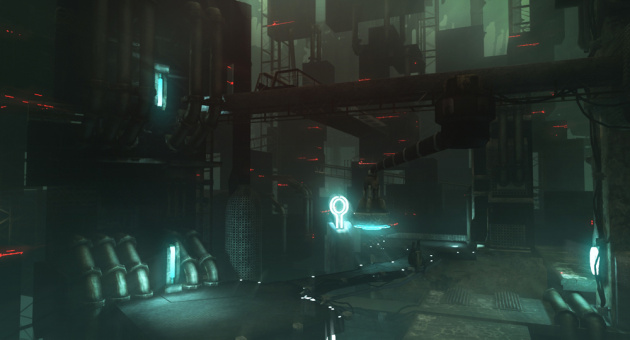So, what’s it all about? Well, the game is set inside a large city which is constantly augmented and improved by robots. “The architecture’s a mixture of old concrete walls and new materials like chrome and polymers,” Menshikov tells us. “It’s so big that you’ll never see the sky dome; instead, any lighting is artificial and diffused through fog.” The initial screenshots and art that the studio’s shared with us paint a bleak but imaginative picture of a dark futuristic world. “We have more concepts,” the developer teases us, “but we don’t want to release them all at once.”While the project made gradual progress on Sony’s flagship handheld, the studio had some concerns about the scale of the undertaking. “This is a huge project for us, so we were working on it part time – we had the characters, the concept, and the battle proof of concept [finished] earlier this year,” adds Menshikov. “We decided to bring it to the PS4 just before GDC, and the assets looked great on the new hardware, so we made a quick demo for the next-gen console.” And then the team tested Project Morpheus...
“As soon as I tried it, something clicked in my head,” Menshikov exclaims. “The game is perfect for virtual reality, so we’ve changed the concept a little bit, and have a Project Morpheus title now.” While the gaffer’s being a little coy with regards to specific gameplay details, he stresses that the headset adds real depth to the three-dimensional scenes, and that the title’s handheld origins have allowed it to adopt virtual reality with ease. “We can render the game in 720p resolution with 100-120 frames-per-second on the PS4, which is perfect for a virtual reality game.”
While the company’s also planning traditional television support as well, though, we can’t help but ask whether the studio really believes in Project Morpheus’ ability to catch on at a mainstream level. Unsurprisingly for a developer now with a vested interest in the device’s success, Menshikov reckons that it can be a hit. “I’ve tried most of the helmets, and this one has the best feeling and presence effect,” he responds. “The interest in other helmets shows the big interest in the virtual reality field, so, yes, I believe that it can find an audience.”
Whether or not Menshikov’s predictions pan out remains to be seen, but Project Morpheus will need content if it is to succeed. Beatshapers’ passionate approach to Codename EdgeVR, coupled with its solid track record, puts the intriguing title in good stead, then. And while it sounds like the game’s still quite early, if there’s one place that we’ve always wanted to be transported to, it’s a mega city built by robots. Count us in.







